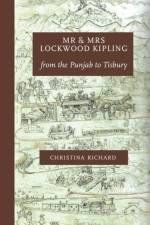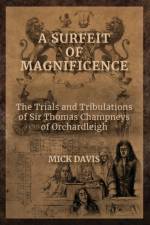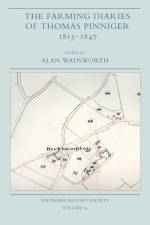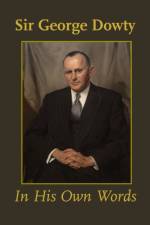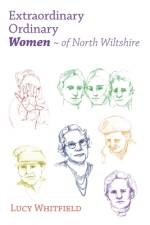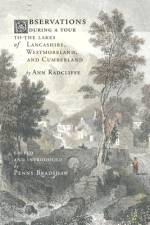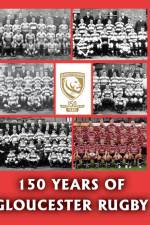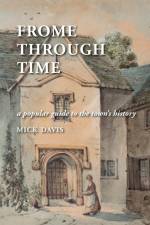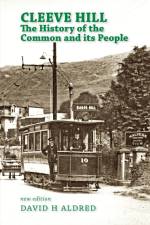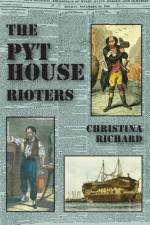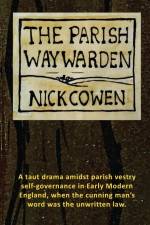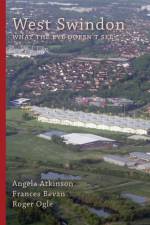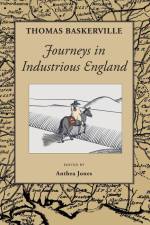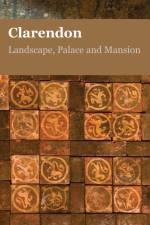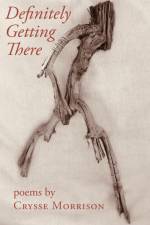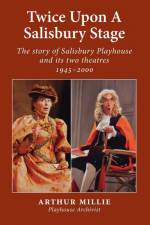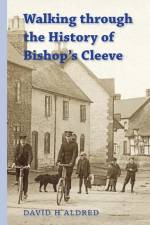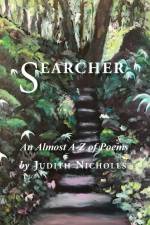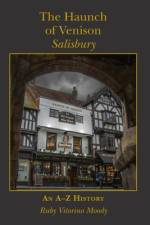- Joseph and Josiah Lane of Tisbury
av Christina Richard
321
This is the story of two men from a remote Wiltshire village, father and son Joseph and Josiah Lane, stonemasons, whose lives stretched across the Georgian period, from 1717 to 1833. They became grotto builders, men of artistic genius, acknowledged experts in their speciality, but the sort of ordinary craftsmen whose achievements are not normally recorded in the official pages of history. They were responsible for many of the mysterious, decorative, thrilling grottoes which appeared during the 18th century in English gardens, built to enhance the romantic, poetic and artistic landscapes created by rich landowners. From Stourhead to Fonthill, Wycombe Abbey, Wimborne St Giles, Bowood, Bowden Park, Painshill and Oatlands Park, Claremont, Castle Hill, Ascot Place, Belcombe and Norbiton House, Joseph and Josiah constructed brick, timber and limestone caverns, tunnels, bath houses, gambling dens and cascades. Some were profusely decorated with shells, coral spars, slivers of crystal, amethysts, feldspar and calcite fragments, some appeared savage and rough hewn. Christina Richard has pieced together the story of the lives and work of Joseph and Josiah for the first time from a wide range of local and national sources, and has enhanced her account with imaginative descriptions of village and family life at the time for people of their station. The result is an affectionate and revealing portrait of these two extraordinary men, who contributed so much to the elegance of England's wonderful 18th century gardens.

